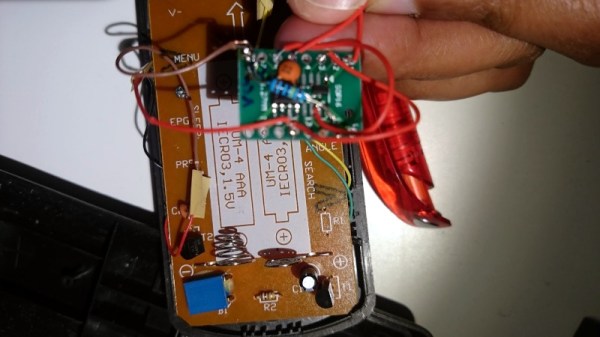Hackaday editors Mike Szczys and Elliot Williams cover the hacks that made us happy over the past week. There’s an incredible cable-driven robotic elbow hack whose quality is only eclipsed by the fantastic explanation of how it works (like a block and tackle). Getting data like WiFi credentials into your embedded project may be just a blinking Android app away. Try your hand at digital solargraphy with creative use of f-stop and post processing. And Mike ogles an RC F-35 project while Elliot goes gaga for the deepest of all submarine designs.
Take a look at the links below if you want to follow along, and as always tell us what you think about this episode in the comments!
Take a look at the links below if you want to follow along, and as always, tell us what you think about this episode in the comments!
Direct download (60 MB or so.)

















